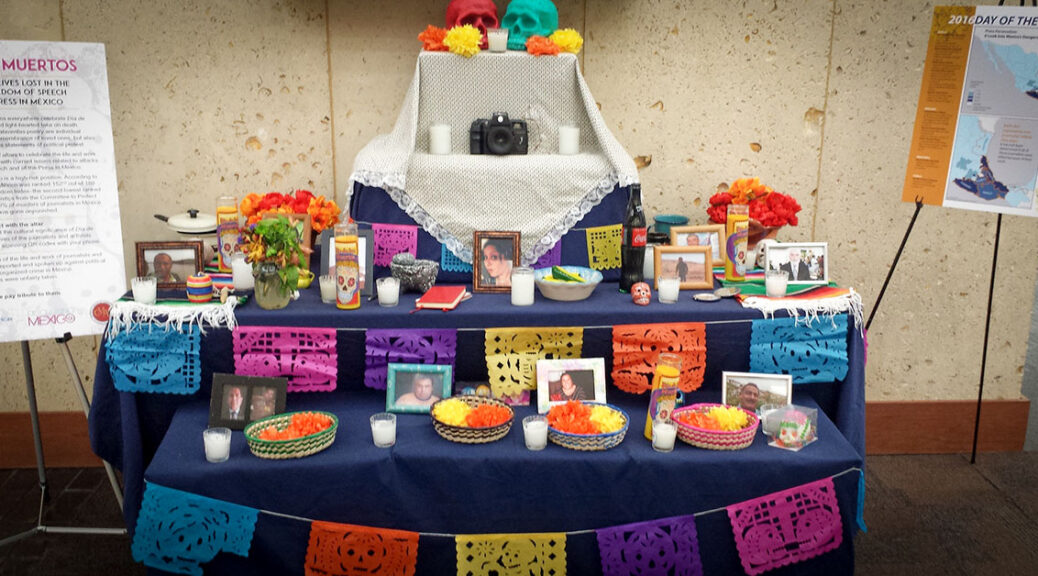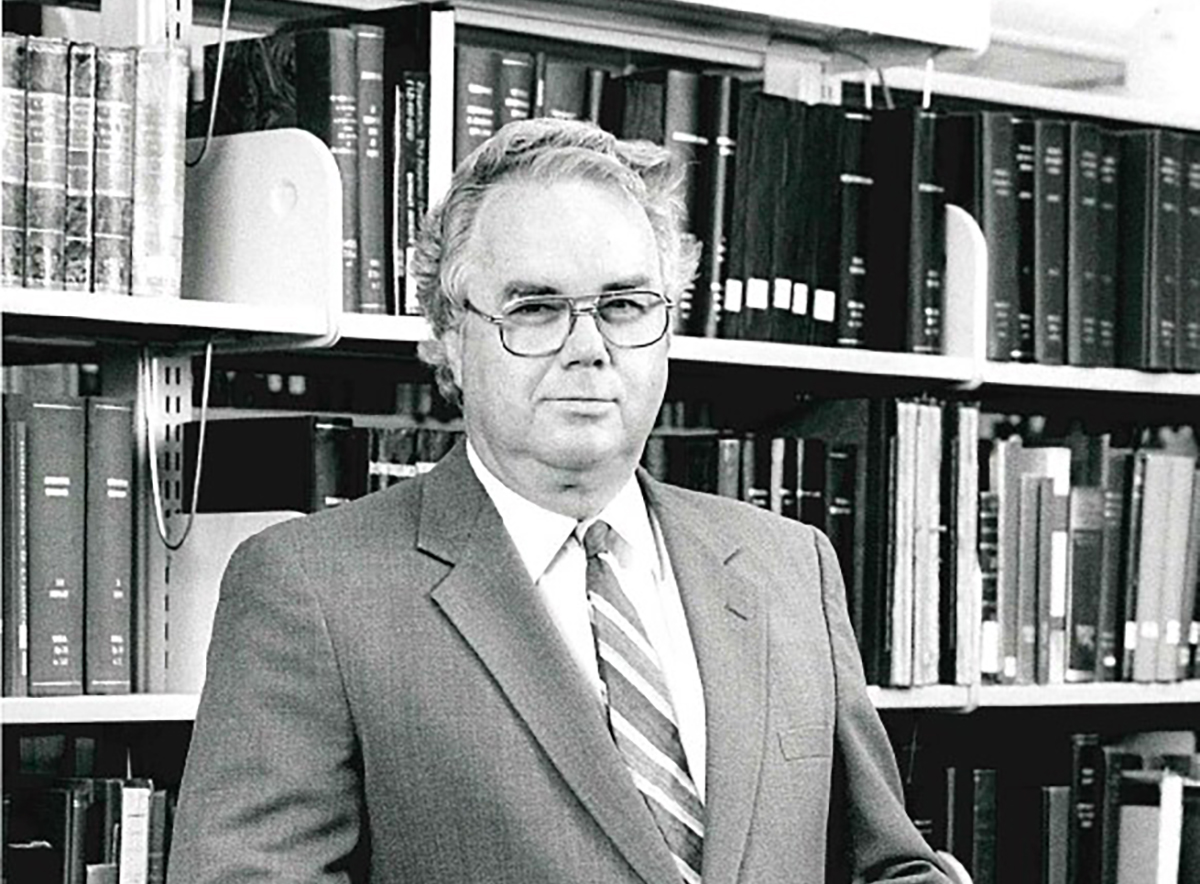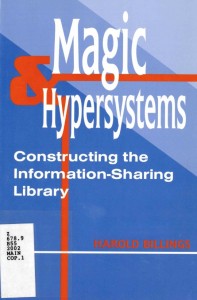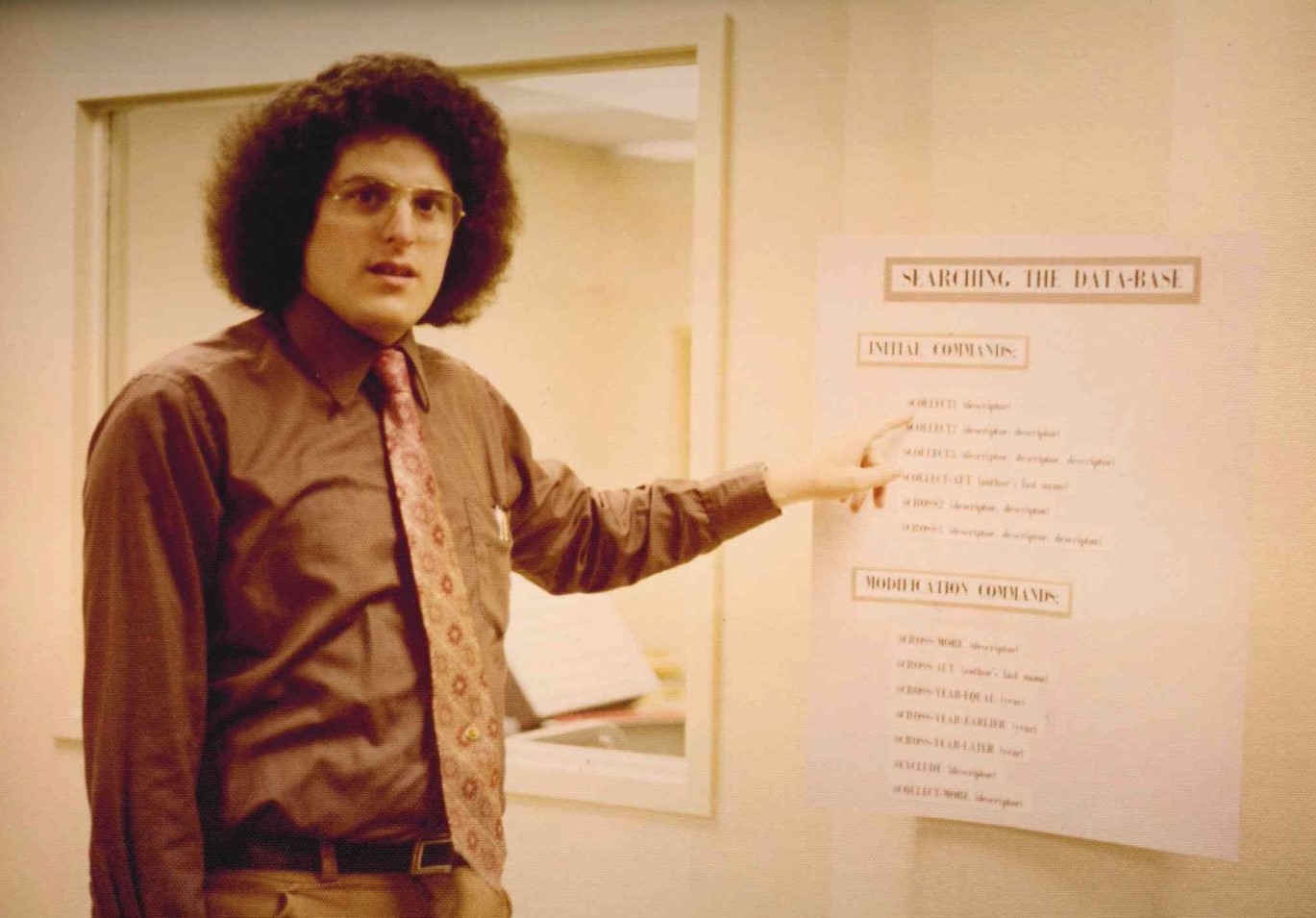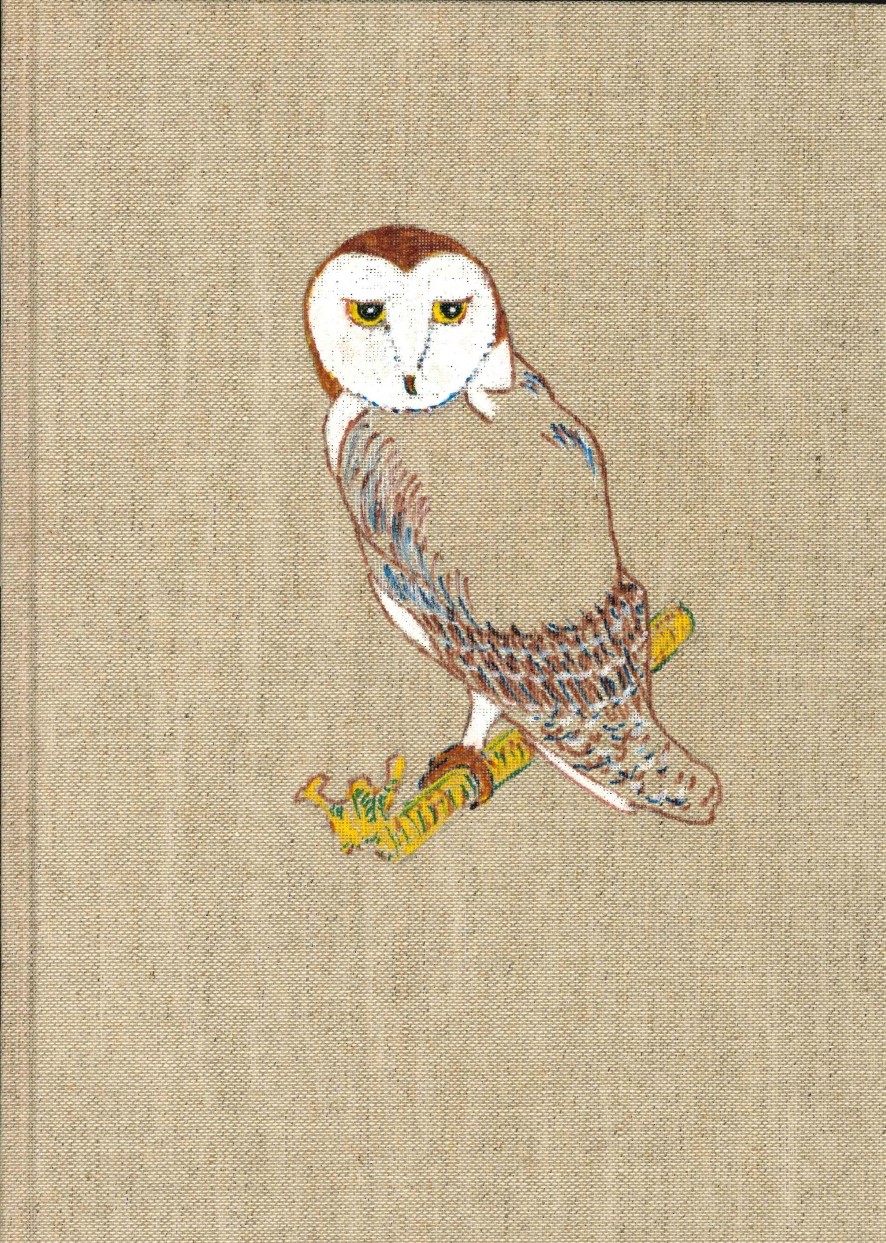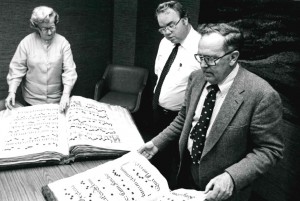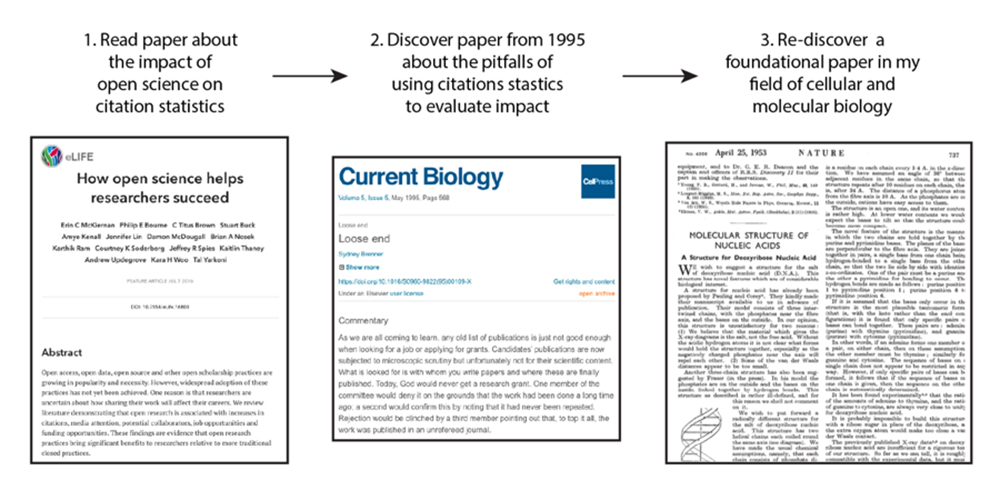View the original version of this post at the Libraries’ Diversity Action Committee’s blog.
Across time and cultures people have developed an astounding diversity of practices to remember the passing of others. Nearly every cultural and religious tradition have their own practices of mourning and remembrance. This is necessary as the death of a loved one creates the paradoxical impulses of both wanting to hold on to someone and the need to let them go. One common feature of many of these traditions is they are a public ceremonial method for processing private grief; the transferring of private grieving into a shared community activity. The following post provides a very brief sampling of remembrance practices from a variety of cultures with links to resources in the UT Catalog electronic resources for further exploration.
Famously from antiquity, pharaoh rulers from ancient Egyptian cultures had enormous monuments built, including the pyramids that have withstood millennia, to house their remains as well as their earthly possessions, to ensure their legacy and a prosperous afterlife.
The tombs of early Chinese rulers also displayed immense funerary dedication for the dead. The tomb of Qin Shi Huang from the late 3rd century BCE contained the Terracotta Army of roughly 9,000 terracotta sculptures, buried to protect the first Emperor of China in the next life.
Ancient Roman mausoleums were monumental memorials intended as public records of a prosperous individual’s life. Some funeral monuments were situated publicly, such as on a well-traveled road, with inscriptions admonishing those passing by to remember the deceased, allowing a manner of momentary survival as their name lived on.
In Judaism, the first stage of avelut is shiva (“sitting”), a seven-day period of mourning following burial. For this week, mourners remain at home, refraining from work and receiving visitors. Visitors may offer prayers and condolences and bring food so mourners need not need cook during their time of grief.
The annual Chinese Qingming Festival is a traditional observance for paying respect to ancestors through visiting, sweeping, cleaning and repairing their gravesites. Half cooked food is offered at the graves, firecrackers are used to chase off evil spirits, while incense is burned to entice the ancestor spirits to partake in the offerings.
Some African funeral traditions have a social and performative aspect to funerals, which are intended to provide a catharsis for grief over loss of a loved one.
In England in the mid-1800s, as photography became more affordable, and epidemics took their toll on the country, memento mori (“remember you must die”) photography of deceased family members became popular as a way of preserving their memory.
In contemporary North American Judeo-Christian traditions, we are most familiar with funerals with attendance by families and friends of the departed. Contemporary practices such as including sentimental tokens to include in internment such as photographs or wedding rings can be seen to reflect ancient practices of including goods such as arrowheads, pottery and shell jewelry in ancient burials.
Another tradition found to be adopted contemporarily are funeral processions. Many may be familiar with processions of mourners or cars, even for heads of state, such as Abraham Lincoln’s Funeral Procession in April 1865, or the funeral procession for President John F. Kennedy in 1963. Funeral processions have remained a powerful metaphor for enabling the transport of the departed from one world to the next.
In the Remembrance Project members of UT Libraries staff have developed an interactive exhibit for the UT community to honor loved ones and colleagues, and to acknowledge the impact of the COVID-19 pandemic on the UT community and worldwide. We invite members of the UT Community to share remembrances of colleagues, friends and loved ones as a way to honor and share their memory. Remembrance offerings are meant to be personal and individual, and may be inspired by your personal or cultural traditions or of those you are honoring.
https://scalar.usc.edu/works/the-remembrance-project/index
Through acknowledging our losses and sharing we hope to provide a communal space during this challenging time for working through the difficulty of grief and loss. We invite you to explore further about various traditions of mourning and remembrance. We have collected some resources from the UT Library collection as a starting point.
SOURCES
Do funerals matter? the purposes and practices of death rituals in global perspective / William G. Hoy. https://search.lib.utexas.edu/permalink/01UTAU_INST/be14ds/alma991058080349106011
Ancient Egyptian tombs the culture of life and death / Steven Snape.
https://search.lib.utexas.edu/permalink/01UTAU_INST/be14ds/alma991057957240006011
Roman Funerary Practices and Monuments
Challis, Debbie. “Memento Mori: Grief, Remembering, and Living.” Lancet Psychiatry, The 3.3 (2016): 210–212. Web.
Terracotta army : legacy of the first emperor of China / Li Jian and Hou-mei Sung ; with an essay by Zhang Weixing and contributions by William Neer.
DS 747.9 Q254 L5 2017 Fine Arts Library
https://search.lib.utexas.edu/permalink/01UTAU_INST/be14ds/alma991046548279706011
Hindu Ancestor Rituals Knipe, David Encyclopedia of India, 2006, Vol.2, p.183-184
https://search.lib.utexas.edu/permalink/01UTAU_INST/1jebi5l/cdi_gale_vrl_3446500266
Qingming. Shu-min, Huang. Encyclopedia of Modern Asia, 2002, Vol.5, p.34-34
https://search.lib.utexas.edu/permalink/01UTAU_INST/1jebi5l/cdi_gale_vrl_3403702442
Shiva. Encyclopedia of World Religions: Encyclopedia of Judaism, 2016
https://search.lib.utexas.edu/permalink/01UTAU_INST/1jebi5l/cdi_credo_entries_27433443
Ukaegbu, Victor. “African Funeral Rites: Sites for Performing, Participating and Witnessing of Trauma.” Performance research 16.1 (2011): 131–141. Web.
https://www.tandfonline.com/doi/full/10.1080/13528165.2011.562037

